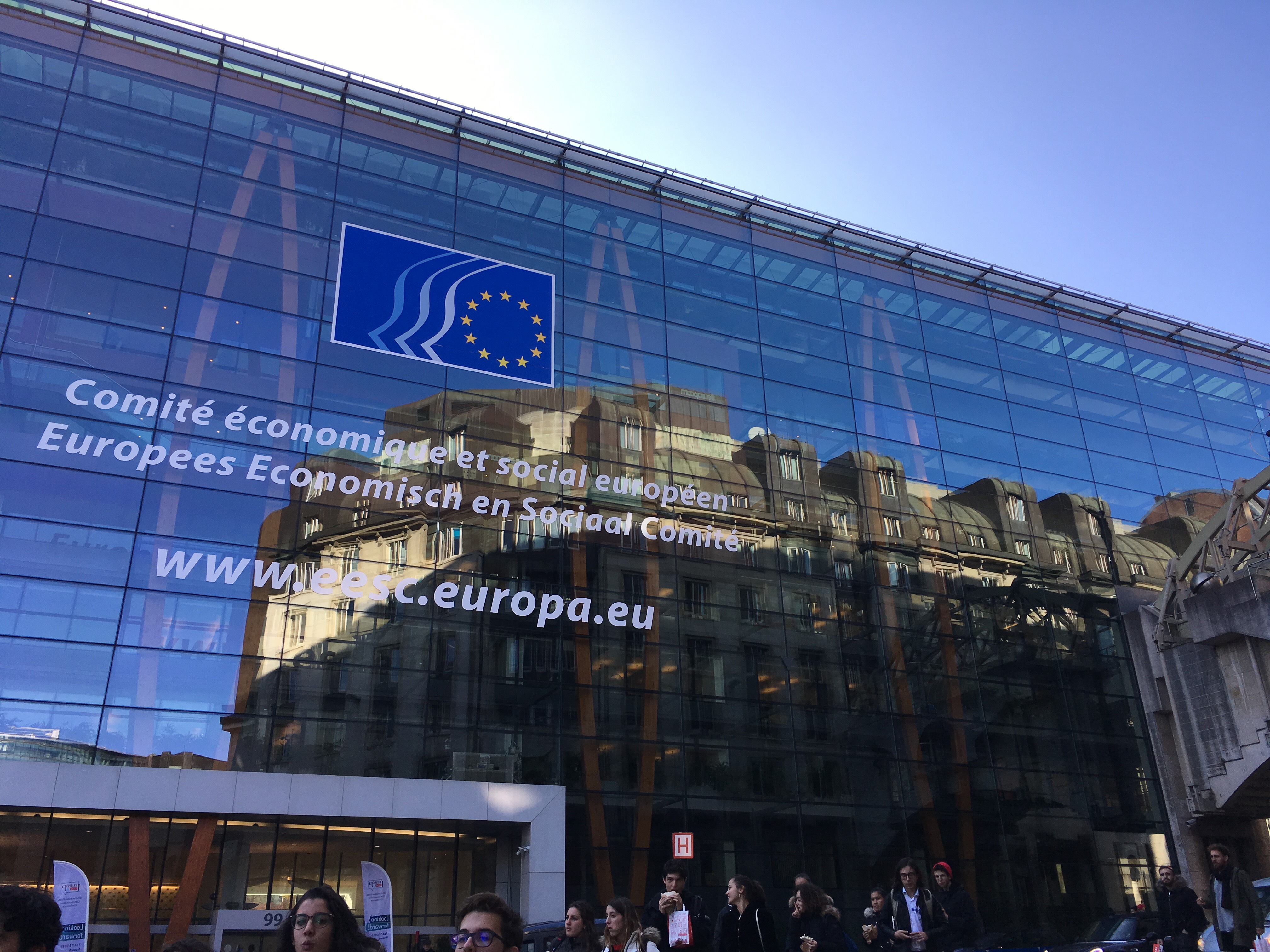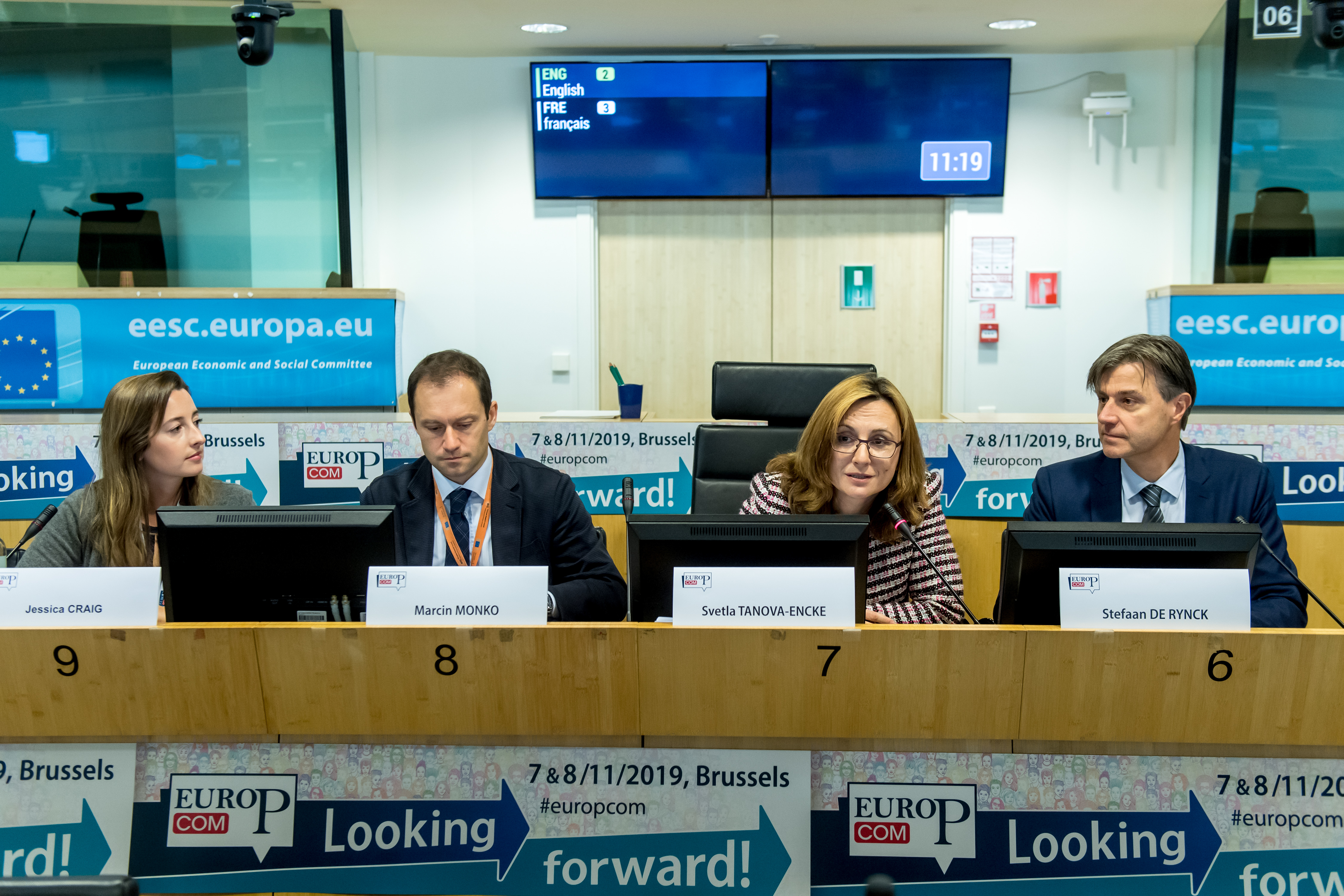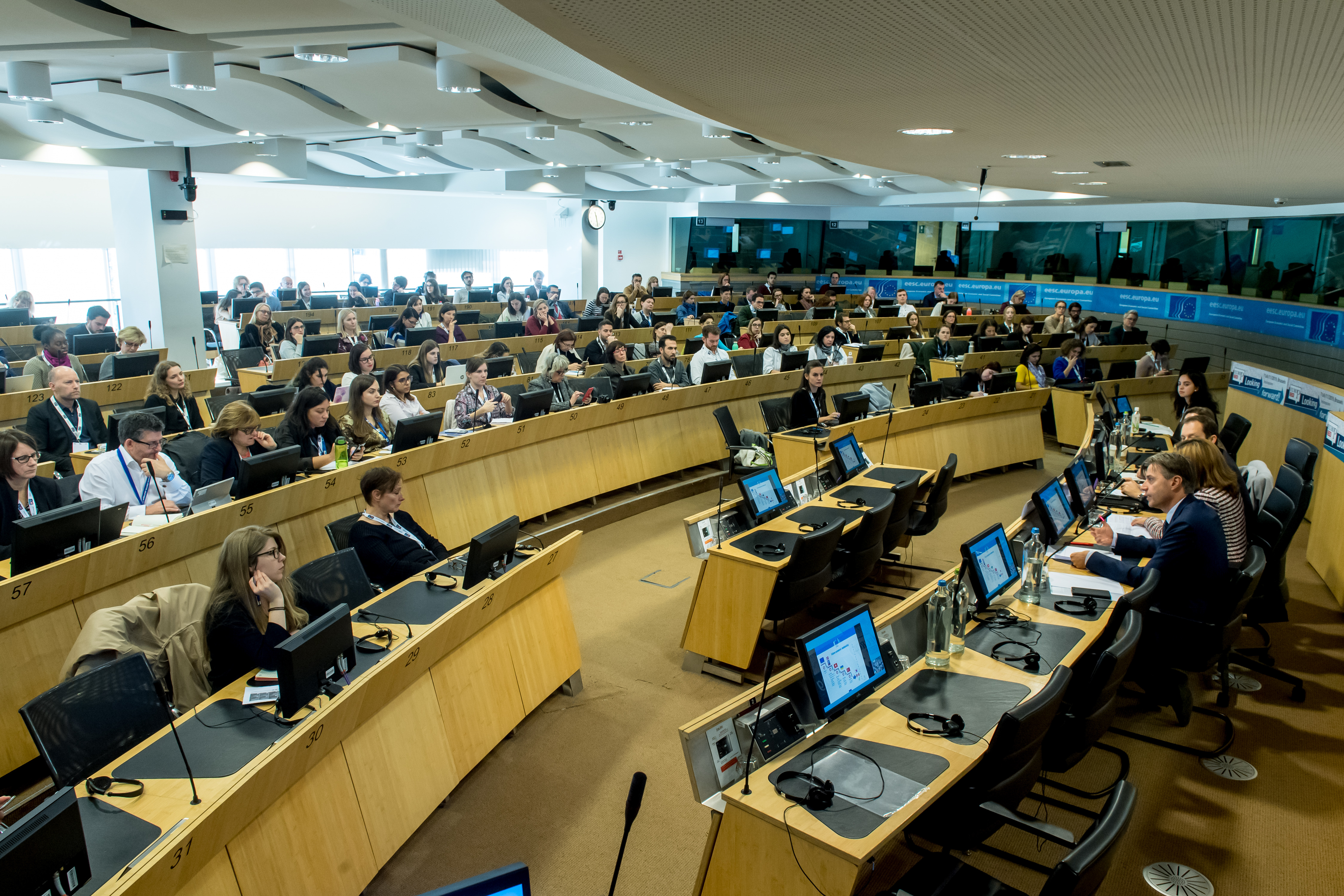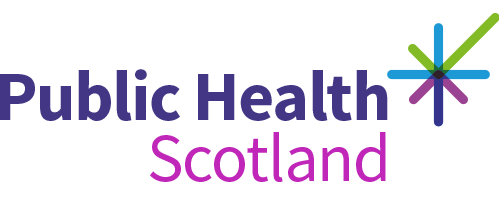The F-words: you can’t have one without the other
- Jessica Craig
- 27 November 2019
- Immunisation
Earlier this month I was invited to speak at the European Public Communication (EuroPCom) Conference in Brussels about Scotland’s work to tackle inequalities in immunisation uptake. In the era of social media, the spread of misinformation has contributed to a notable increase in vaccine hesitancy both across Europe and globally, listed by the World Health Organization as one of the top ten threats to global health in 2019. This was an excellent opportunity to come together with European colleagues to discuss shared and individual experiences.

Staying in Brussels’ European Quarter provided for quite an exciting atmosphere. Walking past impressive architecture such as the Berlaymont building and the European Committee of the Regions, where the conference took place, and hearing several languages being spoken at once, made me increasingly aware that immunisation uptake is an international endeavour with a shared willingness to tackle controversial matters.

Communicating complex issues
That became more apparent on the panel I was speaking on. Called ‘Hard Topics’, it was about how we convey simplified messages to the public on difficult and complex issues. The panel covered Brexit, vaccines and black holes – quite an interesting combination! While they may not seem to have much in common, they are all in fact topics which sometimes divide societies, with a great deal of debate and emotion, where there isn’t always as much place for facts and evidence.
There was a general consensus between myself and the other speakers, Stefaan de Rynck, senior advisor of Michel Barnier, and Marcin Monko of the European Research Council on shared concepts that hold value in our areas of work: the importance of understanding your target audience, developing key messages that can be understood by a wide range of people, sharing evidence-based information, transparency and evaluating your activities.

The role of emotion
With a couple hundred attendees from across Europe and abroad, a lively debate followed our presentations. Perhaps the most interesting discussion that followed was on the topic of emotion. To which extent should we use emotions and storytelling as communicators?
There was a clear feeling in the room that eliciting emotions and feelings through your communication is necessary in order to break through the noise, and engage the public with your messages. Drawing on emotions can help ensure a genuine understanding of the issue in question, and help make your communications more memorable. However, because of their impact, emotional appeals may also create even stronger negative responses. To be effective, they need to be context and audience-specific. This is something we consider quite carefully at NHS Health Scotland, and I shared examples with the group of our flu and HPV campaigns, which are user-tested and informed by previously evaluated campaigns. Pre-testing our campaign messages and concepts with the appropriate audience we are trying to reach has helped us identify their knowledge, needs and attitudes more effectively.

Trust the facts
It was also remarked by many that emotional communication and stories need to be backed up by facts and figures. Emotions capture people’s attention, facts maintain it. With the increased spread of misinformation, many members of the public are looking for trusted sources of information. We work very closely with colleagues at Health Protection Scotland (HPS) and Information Services Division (ISD) to support our public-facing immunisation information with evidence. In our current seasonal flu campaign, TV and online advertising shows the stark reality of breathing problems made worse by flu, while reflecting a safe, caring clinical environment and the message to ‘trust the facts’ provided by the NHS. You can watch the ads here.
The argument shouldn’t be for facts or feelings, but instead facts and feelings. We need both to understand the public and connect emotionally through our communication, while providing evidence-based facts to support informed decisions. As we continue our work to improve immunisation uptake and address vaccine misinformation, it will be useful for us to remember this.
For public communications that have impact and influence, you can’t have one without the other – facts and feelings matter equally.
Read the fact sheet on vaccination inequalities in Europe [external site]
To subscribe to our blog, please email us.
